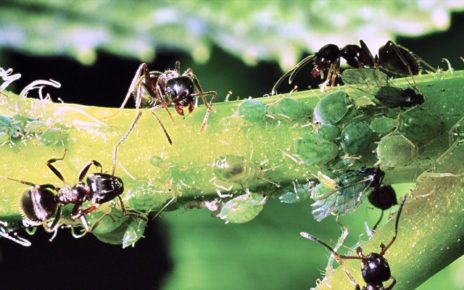Coral reef life in the Caribbean is much more abundant than in any other Atlantic Ocean marine habitat. There are approximately more than 64 known hard coral species and 490-699 fish species that are associated with the reef. Sadly, coral cover on reefs of the locale has dropped from around 59{47beef4fa453f14f0944959b9bf73fa5db70c22fad4a70ee729750c6b8a1f449} to under 14{47beef4fa453f14f0944959b9bf73fa5db70c22fad4a70ee729750c6b8a1f449} today. A mix of sponges, algae, and bare substrate now occupy the vacant space. Smells make up a significant portion of coral reef life. Some fish that are born outside of the reefs, among other things, use smell to find corals to settle on as adults. Sadly, it also operates in the opposite direction. The smells of healthy reefs attract fish, but the smells of unhealthy reefs repel them. And that may assist in establishing that wrecked spiral.

Sunlight & Clear Water is Needed –
For up to a billion people, especially those who live near reefs, reef fish, corals, and other marine life are an important source of protein. Coral reefs and the fish they produce are also used by some commercial fishing companies to supply fish to consumers all over the world. Small traditional fishing grounds that are well-managed by the local community can contribute to the restocking of both themselves and the marine areas around them. Corals cannot develop in water deeper than 164 feet so they must grow in shallow water where sunlight can reach them. Corals require bright, transparent water; When the water is opaque, they do not do well. Water can be clouded by sediment and plankton, reducing the amount of sunlight that reaches the zooxanthellae.
Reef Building & Effects of Pollution on Corals –
Coral reef life cannot survive without saltwater, and the ratio of salt to water must be just right. Corals don’t live in estuaries, where rivers release fresh water into the ocean. You can also check online for saltwater coral for beginners. Reef-building corals can only thrive in warm water. Different corals from different parts of the world can withstand varying temperatures. However, corals typically thrive in water temperatures between 70°F and 85°F. The warming seas are representing a perilous issue to the coral’s presence. Pollution and sediments are harmful to corals and the life that lives in coral reefs. Sediment can deposit itself on corals, obscuring the sun and harming the polyps, resulting in cloudy water. Near the reef, fertilizers and wastewater may be discharged into the ocean with an excessive amount of nutrients, leading to reef overgrowth by seaweeds.
Corals Need Warm & Salt Water to Thrive –
The temperature, salinity, turbulence, and availability of food all influence the rate of growth of various coral species. The species with the slowest growth are the massive corals, which grow between 5 and 25 millimetres per year. Staghorn and branching corals can grow much faster, reaching a maximum of 20 centimetres per year. Coral reefs thrive in warm water (70–85°F) and prefer clear, shallow water where their symbiotic algae receive a lot of sunlight. Corals can be found at depths of up to 91 meters, but reef-building corals don’t grow well below 60-90 feet. Corals thrive in coastal areas with excessive runoff because they require salt water to survive.





